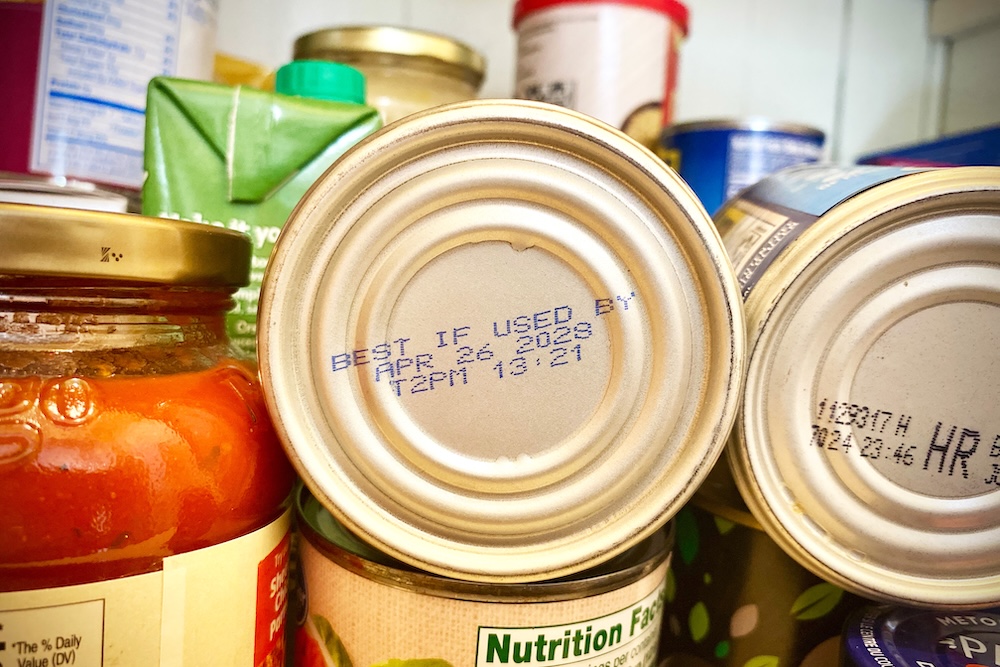
We’ve all heard it before, “Breakfast is the most important meal of the day.” But what really happens when students skip meals?
In a study by the U.S. Centers for Disease Control and Prevention (CDC), researchers found that 82.4% of children and adolescents aged 2-19 consumed breakfast, and that breakfast consumption declined with age. Only 72.9% of adolescents aged 12-19 reported that they eat breakfast.
With schools returning to in-person instruction, it’s important for students to establish healthy eating habits and routines. Staci Belcher, a registered dietician and research professional in the University of Georgia's Department of Nutritional Sciences, said that skipping meals makes it challenging for students to meet their daily nutritional needs.
“Breakfast can be particularly challenging to prioritize, especially if students have early classes. If a student’s morning schedule is busy, the first available time they may be able to eat is lunch — by then they could be ravenous,” said Belcher.
Skipping meals, especially breakfast, can lead to the inability to focus in class, headache or fatigue, and possibly overeating once the have time for a meal or snack.
"Children who do eat breakfast have improved attention and better school scores," said Diane Bales, UGA Cooperative Extension human development specialist.
It’s important for students to have healthy eating routines to help students feel their best.
“The body thrives when it is fed balanced meals and snacks in a predictable way,” Belcher said. “When we go too long without eating, our brain and body sends signals to get food, and quickly,” a state called primal hunger. In this state we experience intrusive thoughts of food, intense hunger (or a disappearance of hunger), cravings for specific foods and/or a sense of urgency to eat.
“This can feel physically uncomfortable and sets the stage to eat past comfortable fullness, to eat meals that lack balance, or to miss out on key food groups like fruits or vegetables,” Belcher added. “Eating in a rhythmic way supports our overall health and metabolism.”

With school and extracurricular activities ramping back up, students of all ages will need to consciously prioritize healthy eating habits.
“For many, remote learning meant working at home with relatively easy access to meals, snacks and beverages. As we transition back to in-person classes, it may take time to adjust back to scheduling in meals, preparing food ahead of time or packing snacks for long days on campus,” Belcher said.
Some key questions Belcher recommends considering when planning are: When do I have time for meals and snacks? Do I need to pack food, or can I get to a dining hall? Will I have time to prepare meals, or should I plan to purchase them?
To establish a healthy eating routine, Belcher encourages everyone to listen to their bodies as “healthy eating patterns look different for everyone.”
“Most bodies tend to get hungry every three to five hours, but tuning in to hunger cues can help guide specific eating times,” she said, recommending eating a well-rounded meal or snack every three to five hours with plenty of water throughout the day. More specifically, Belcher said students should vary their meals and snacks among three to five food groups, including protein, carbohydrates, fruits or vegetables, a fat source and/or a dairy or calcium source. This helps ensure that vitamin and mineral needs are met and that meals are satisfying.
For resources on teaching young children healthy nutrition habits, see the "Eat Healthy, Be Active" series at extension.uga.edu.






